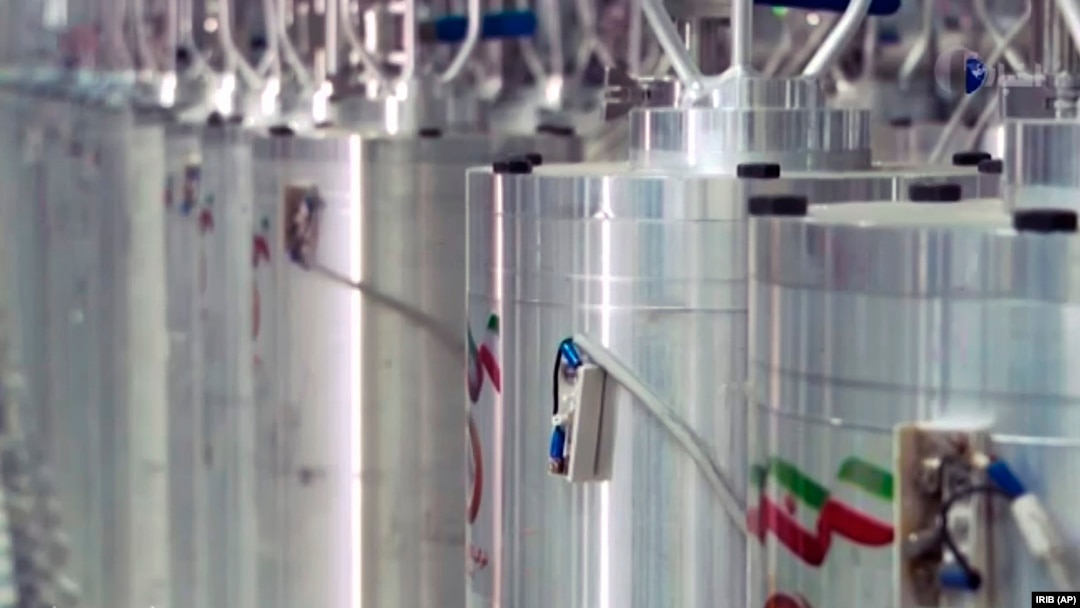The International Atomic Energy Agency (IAEA), the UN's nuclear watchdog, says Iran has informed it that it will move the production of centrifuge parts to the central city of Isfahan from a workshop in Karaj.
The move, which comes a month after a standoff between the agency and Tehran over reinstalling cameras at a centrifuge-parts workshop that was hit by apparent sabotage, was announced by Iran's government to the IAEA on January 31, according to a statement from the Vienna-based agency that was seen by Reuters.
The statement added that IAEA inspectors had installed surveillance cameras in Isfahan on January 24 and that the production of the parts there had not started then.
Iran has blamed Israel for the June attack on the facility in Karaj, west of Tehran, and until recently blocked access to the site because it was considered a crime scene.
The development comes as Iran and world powers are negotiating in an effort to restart a stalled nuclear deal worked out in 2015 under which Tehran had agreed to place curbs on its controversial nuclear program in exchange for relief from punitive economic sanctions.
The United States withdrew from the accord in 2018, leaving Iran to consider the deal broken and to resume many of the activities, including the production of centrifuges, that it had agreed to halt or limit.
Under the administration of President Joe Biden, Washington has expressed interest in rejoining the agreement if Iran returns to full compliance.
The centrifuges manufactured at the Karaj facility have applications for producing enriched uranium that can be used to fuel both nuclear reactors and, possibly, nuclear weapons.


